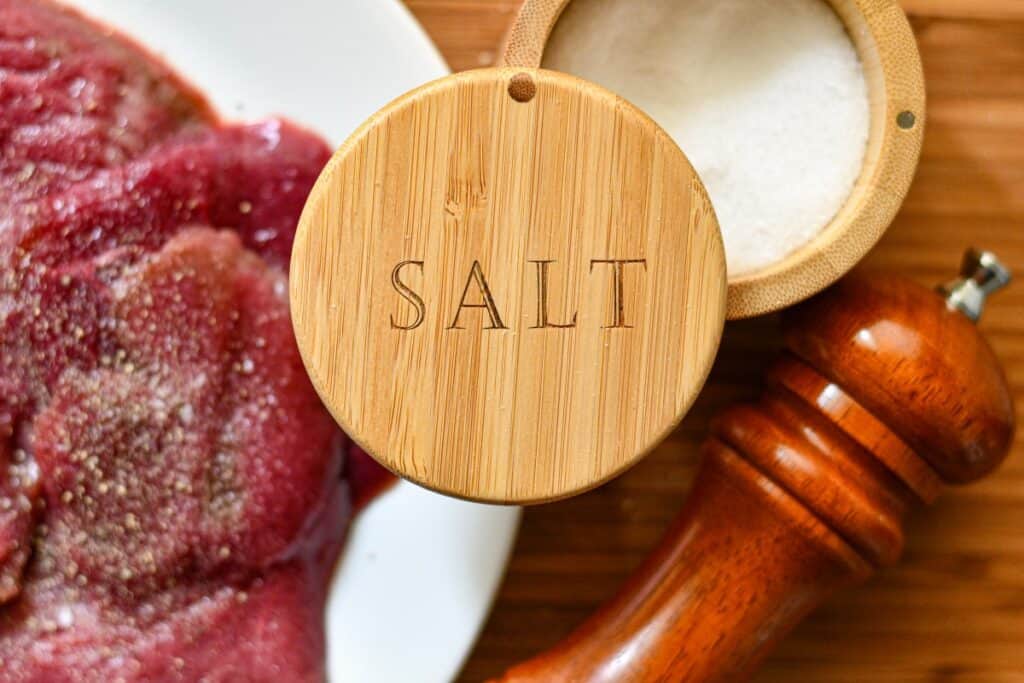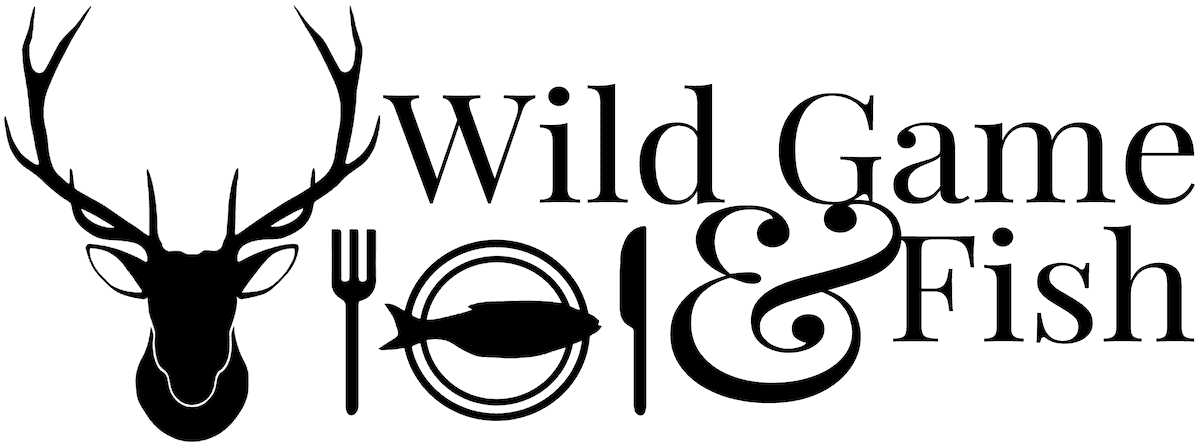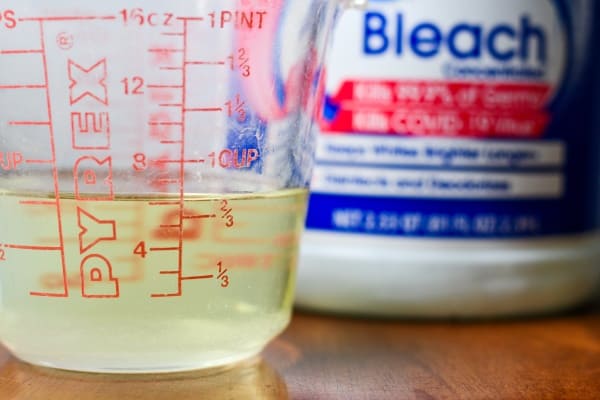
A great venison steak needs nothing more than salt. But when a venison steak recipe instructs you to "salt to taste", and you're facing a beautiful piece of raw deer steak or elk steak, that may sound a little daunting. Recipe developers like me believe you should salt to your own preference. What might be too salty to some is not salty enough for others. But at certain times I might include specific measurements to help guide the novice who isn't quite comfortable with knowing how much is too much.
Kosher Salt vs Sea Salt
Another thing you might find when searching for venison recipes is that some other food bloggers don't specify the type of salt. I always use good kosher salt in my kitchen because it's inexpensive, dissolves quickly, and has no additives. You can also use coarse sea salt since it is also additive-free, but it costs a little more. I'm personally not a fan of the texture and experience of chewing on coarse salt, so I stick with kosher salt.
Kosher Salt vs Table Salt
The big difference between kosher and table salt is the size and shape of the grains. Kosher salt has a little bit bigger and flakier grains than table salt (but not as much as coarse sea salt). Table salt grains are much smaller and have a more uniform shape.
The size of the grains influences the flavor concentration and effects the rate at which the salt dissolves and is absorbed into the food that you are seasoning. Consider that kosher salt got its name from it being used in Jewish rituals for the preparation of meat. The larger grains allow it to sit on the surface of the meat and absorb the blood without dissolving and then making the meat too salty.
Kosher salt and table salt might appear extremely similar in terms of their chemistry, but they are not the same product since kosher salt usually does not have the iodine and anti-caking chemicals that you find in table salt.
What does Salt Do to Meat?
Salt does more than flavor a piece of meat. It also works like a magnet for water. When you salt a venison steak, it draws water to the surface of the meat, which in turn draws out proteins that help us get that beautiful well-browned crust. Over time, the salt will work its way into the meat, and where salt goes, water follows. What's the result? A well-salted venison steak doesn't just taste better - it also retains more moisture.
The easiest way to think about this process is to give your salt time to do its thing. At least 30 minutes before, but preferably overnight, for maximum penetration and juiciness. Try it out and let me know what you think!
One of my favorite venison steak recipes is the Cast Iron Venison Steak, but you can also check out Our 15 Best Venison Steak Recipes.





Leave a Reply